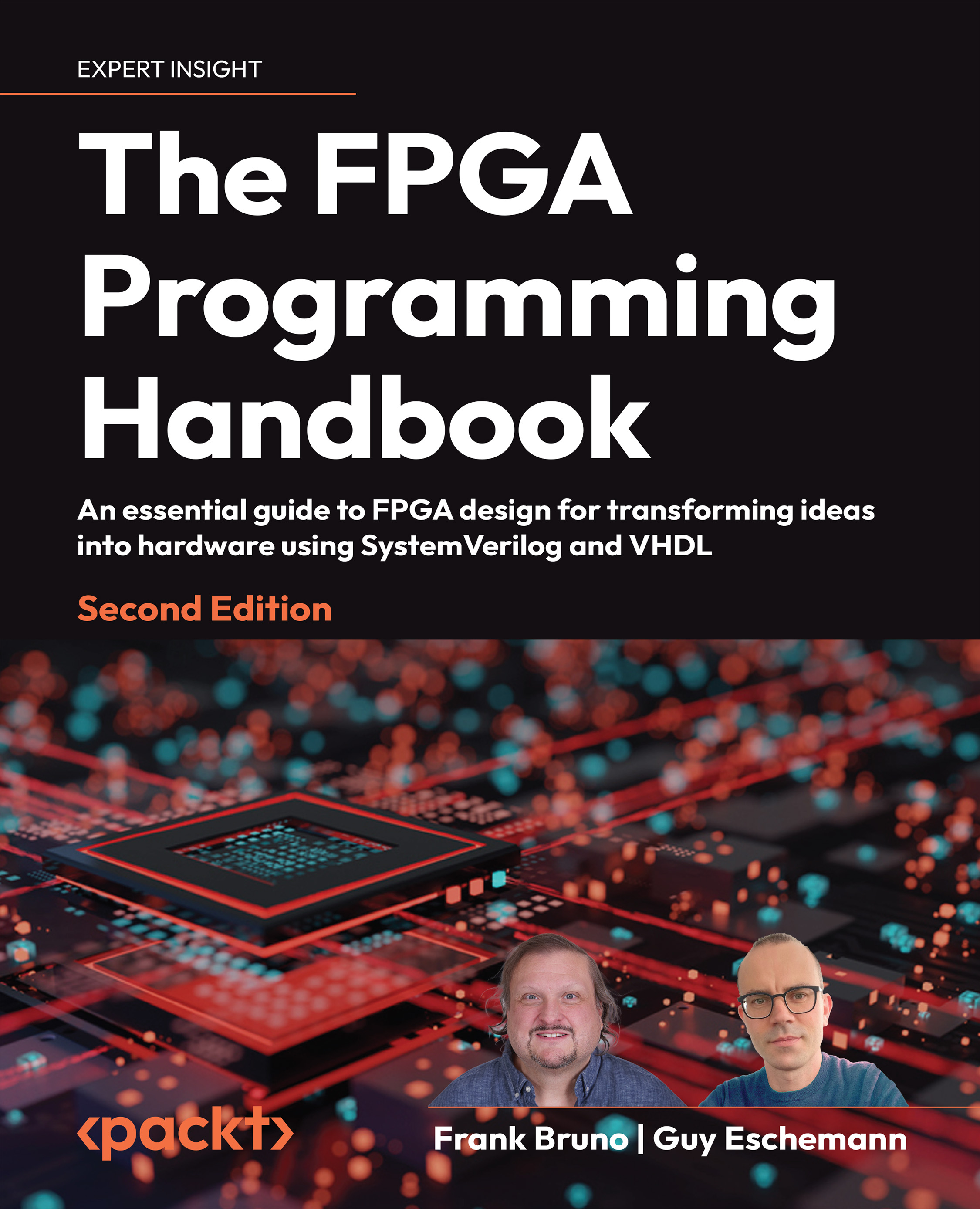Questions
- PS/2 keyboards use a two-wire interface consisting of:
- Keyup/keydown
- Clock/data
- Data in/data out
- A scancode is generated whenever a key is:
- Pressed
- Released
- Held down
- All of the above
- To display the scancodes on the VGA, we used:
- A hex-to-ASCII converter
- A shift register
- A BCD encoder
- (a) and (b)
- To display audio data, how was the text state machine modified?
- It takes in 128 bits of graphical data and writes that to the correct address for that scan line using
text_sm. - The graphics are mapped to characters and we reuse the
text_smstate variable. - We created a new graphics state machine.
- It takes in 128 bits of graphical data and writes that to the correct address for that scan line using
- To trigger an audio update, we:
- Update on every sample captured
- Update every second
- Update on every vertical sync
- Update...


























































